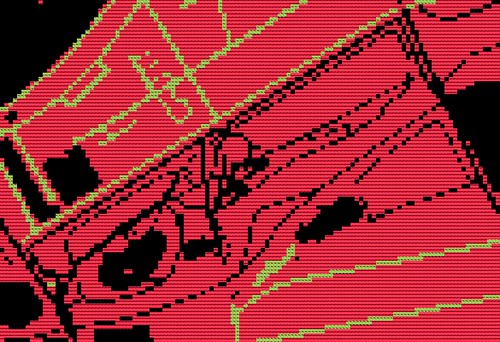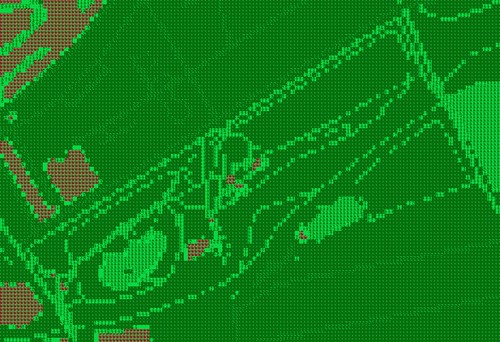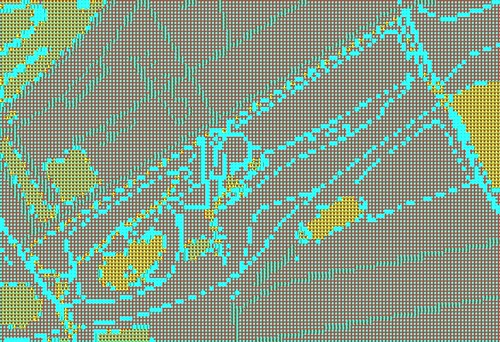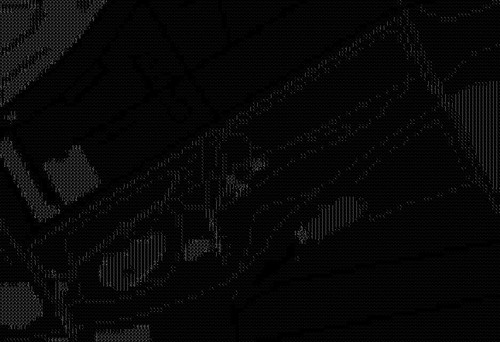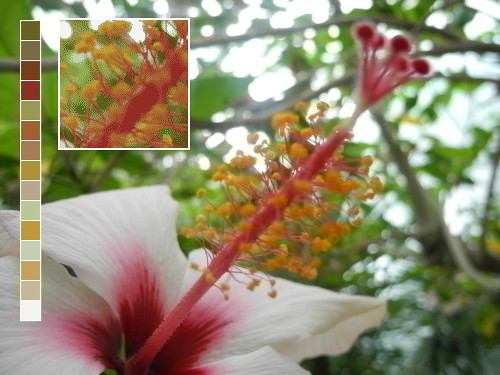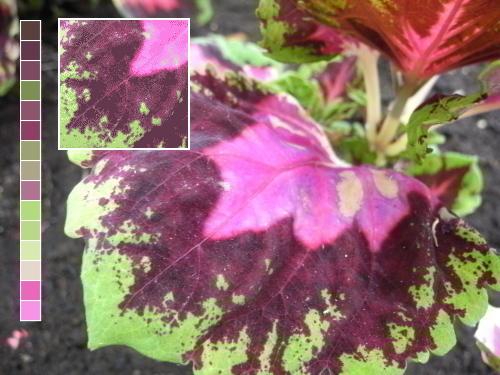From 9th-15th June I was one of the participating artists in residence at Jesphone Gardens in Leamington Spa for Post-Modern Plant Life: An [RHP] CDRs Artist Laboratory. This was a really great opportunity to do a lot of focussed work on some unfinished projects and also try out new things both on and off the screen. I also probably lost some weight due to how frikkin hot it was!
I started off the week exploring the space and exactly what was available to me. It turns out this wasn’t much. Not even wifi was available! Initially this was a negative thing but it allowed me to *checks Facebook* do work without *checks Twitter* the constant interruptions *checks Tumblr* of social *checks e-mail* media and other distractions.
Feedback Plants
Continuing my theme of feedback loops that has been present in my latest works – especially in my VOID performance – I wanted to somehow feed the either the audio of visual aspect of the space back on itself. Some time ago I had bought these rather inexpensive sound recording modules from the internets. My idea was to use an array of these, connected to Pure Data by way of a Raspberry Pi, an Arduino and Pduino, to record and play back sounds within the space and random intervals.
As with a lot of things in technology, this was easier said than done. I was able to successfully trigger the recording process on the module, but triggering the playback would work intermittently. I may have even destroyed a few of these modules in the process! After this frustration, which came after a few days of trying, I decided to move on. Maybe one day I’ll revisit it.
Digital Maps
Without provocation or any initial plans for using it, I brought with me on the first day my Game Boy Camera. I find there to be a certain charm to the way it produces incredibly low quality pictures in only eight shades of grey. Even its bulkyness and effort involved in transferring photos apepeals to me. I started my research by taking a bunch of photos of things in the space:
I then began to wonder how else I could pixelate/8-bit-ise not only Temperate House but the whole of Jephson Gardens. A friend pointed out to me that Codemasters have a base in Southam, just outside of Leamington Spa, and also that they made the awesome Micro Machines game. Rad!
Not sure where this is going yet? At the time neither did I.
Using the rather crudely named Tile Molester software I extracted the 8x8px tiles from the NES version of the game and used them to pixelate a map of Jephson Gardens obtained from OpenStreetMap. The technique I used relies on dithering using symbols in ImageMagick. Here are a few examples:
And one using the Game Boy Camera picture pixels as an input source:
Playing Pixels
To end my experiments, and the residency, I returned to my very recent studies of sonification of pixels. Using pictures of stuff within Temperate House as a source, I cropped a sqaure area from these photographs, reduced them down to 128x128px and then reduced them to 15 colours (or less, depending on how many unique colours there were in the cropped image). Here are a few examples, with the original, crop, and colours all composed into one image:
If you’re curious how I overlayed the colours onto the image check out the code yourself.
Using a modified version of the Pixel Waves software I opened up to four of these images at a time and let them make lots of noise for around ten minutes. An excerpt from my performance:
The new software, called Pixel Player, is available on my Github account but is still being developed. Patches welcome!
Stuff grows
I learnt many things in this week. Among them rapid development was probably the most important skill that I developed. Having very limited internet access meant that time at home was spent downloadling libraries and software so that I could have a productive time the following days. Also, a week really isn’t a long time to develop anything substantial, and so I opted for projects that could be completed in hours and not days.
Thanks to Ryan Hughes/[RHP] CDRs for inviting me to participate!
![Post-Modern Plant Life: An [RHP] CDRs Artist Laboratory](https://farm4.staticflickr.com/3879/14229029410_65b09bc0fc.jpg)
![Post-Modern Plant Life: An [RHP] CDRs Artist Laboratory](https://farm6.staticflickr.com/5545/14229149150_35551f8160.jpg)
